
Health insurance helps make medical care more affordable — or at least prevents a serious health problem from bankrupting us. But it doesn’t make medical bills magically disappear.
Most of us still have to pay out of pocket for a substantial portion of our medical costs. But there are ways to fight the high cost of medical bills and prescription medicines.
Here are ways to cut these bills down to size.
1. Shop around
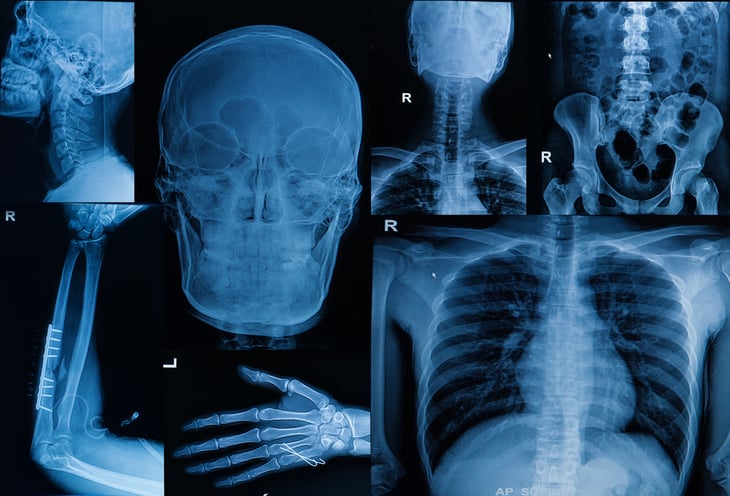
In a medical emergency, you probably won’t have much time — if any — to shop around. But if you need routine care or a nonemergency procedure or scan, take the time to check prices.
Check out websites like Healthcare Bluebook that help you determine fair prices for procedures and services. Then, pick up the phone and start calling around to learn what’s being charged in your area.
2. Stay in your network

While checking prices, make sure to stay within your insurance company’s network of health care providers. Going “out of network” can mean significantly higher co-payments. In some cases, insurers may refuse to pay any part of the bills for out-of-network services.
You likely can search for in-network providers on your health insurance company’s website. In addition, when you call a medical provider’s office for prices or an appointment, confirm that the doctor or facility accepts your insurance carrier.
3. Skip the ER
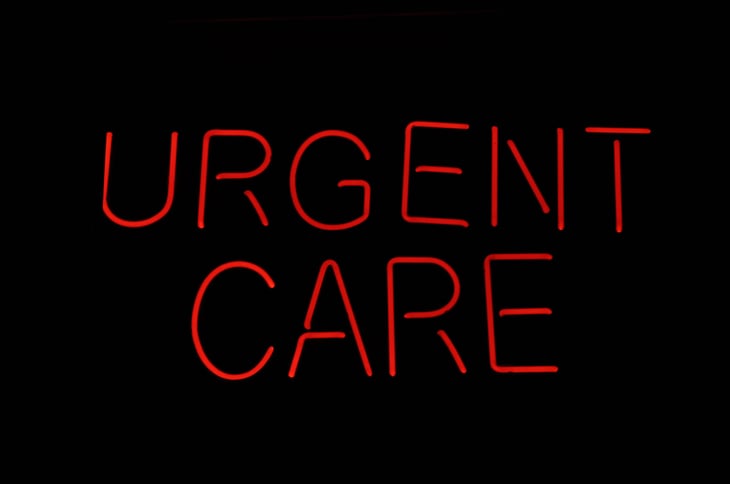
Visit the emergency room, and you might face an outrageous co-payment. Under my insurance plan, it costs $150 to visit the ER compared with $20 for an office visit.
If your injury or problem is not life-threatening, but you can’t wait to see your regular doctor, consider an urgent care center instead. The waits are often shorter than what you’ll find at the ER, and care tends to cost less.
4. Double-check bills

Medical bills aren’t always accurate, and errors occur in favor of the health care provider 80 percent of the time, according to the Medical Billing Advocates of America.
Errors can include charges for medications never administered and services never rendered, for example.
Always request an itemized statement, and check it carefully. If you find a mistake, call your provider’s billing department to dispute it.
5. Get dental attention
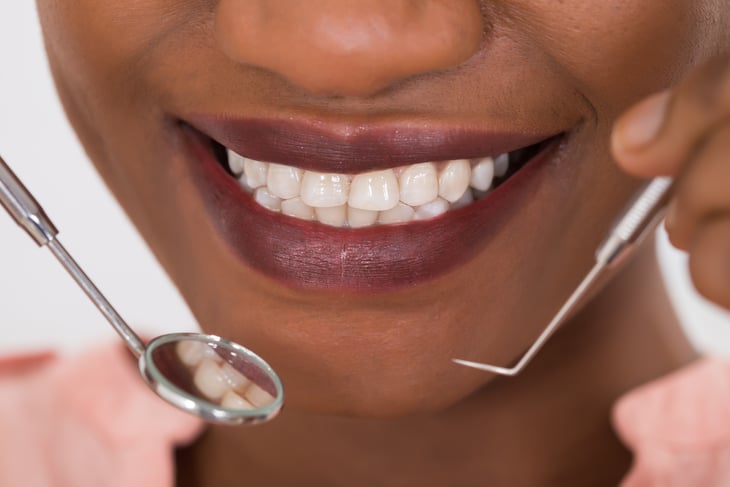
Taking care of your teeth is important to your overall health.
Poor dental health can contribute to other health problems such as cardiovascular disease and endocarditis, an infection of the inner lining of the heart.
If you don’t have dental insurance, look into whether you have a dental school in your area that takes in patients for free or cheap. It’s just one of the options we suggest in “4 Ways to Get Free or Low-Cost Dental Care.”
6. Consider medical tourism

Traveling to another country for medical care might seem extreme, but it’s an increasingly popular option.
Costs can be considerably lower in certain Latin American or Asian countries. The most popular procedures include those U.S. health insurance plans typically don’t cover, such as cosmetic surgery and weight-loss procedures.
Of course, foreign physicians and clinics are subject to different laws and standards than those in the U.S. Carefully research those standards to be sure you are comfortable with the level of care you will receive in another country.
7. Save your receipts
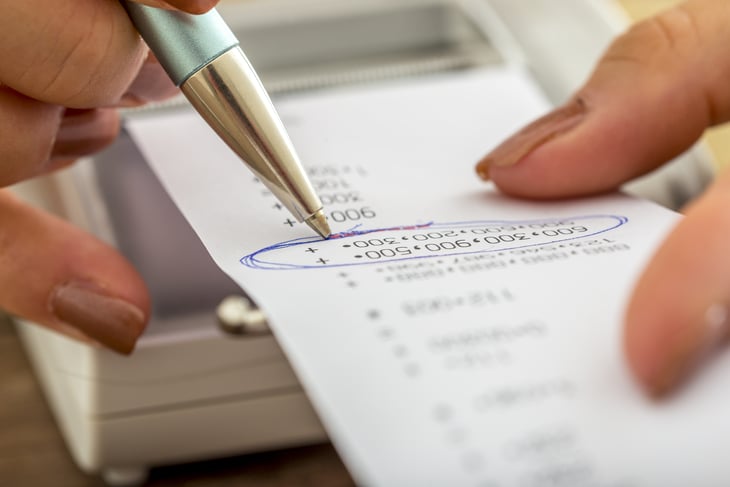
Some medical and dental costs are considered federal income tax deductions in certain cases.
In recent years, this tax break had become less generous. Last year’s federal tax legislation reversed that decision — but only temporarily. As H&R Block explains:
The Tax Cuts and Jobs Acts (TCJA) preserves the deduction for medical expenses, and changes the floor to 7.5% for tax years 2017 and 2018. So, taxpayers can now deduct qualified medical expenses that are over 7.5% of their adjusted gross income for the year – including the 2017 tax return due April 17, 2018. For tax years after 2018, the floor will return to 10%.
8. Inquire about over-the-counter medications
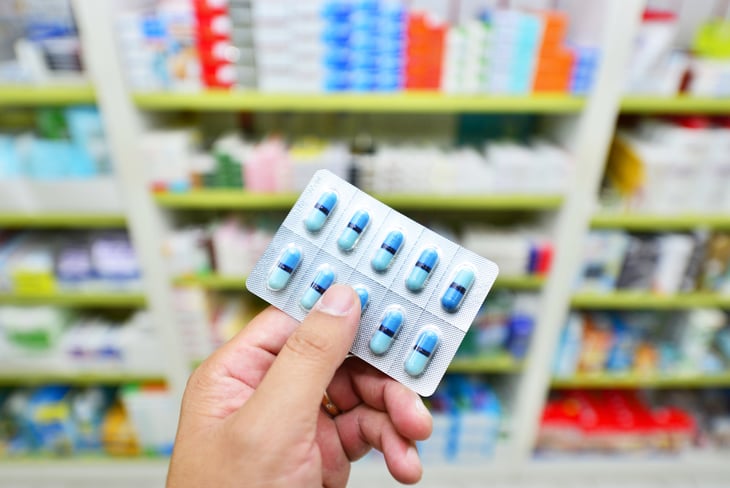
A few types of prescription medications have over-the-counter competitors. It’s worth asking your doctor or pharmacist if your prescriptions have such alternatives. You stand to save money and possibly save a doctor’s appointment.
9. Try generics
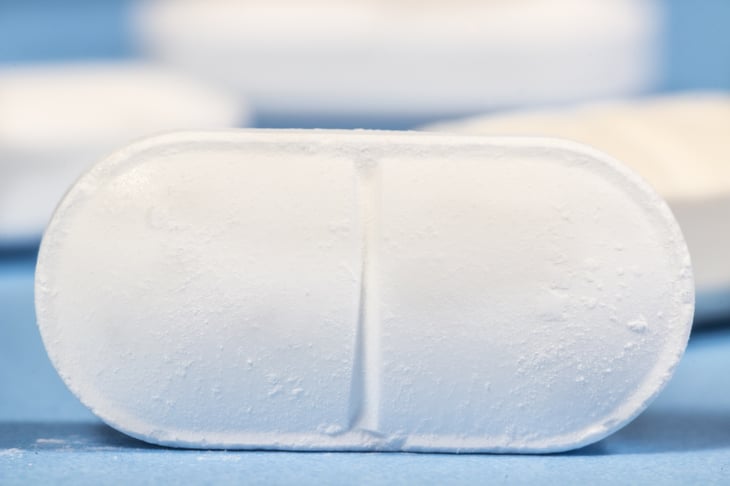
Generics are one of the best ways to save money on medications — as well as other products.
Plus, there’s virtually no reason not to at least try a generic drug these days. The U.S. Food and Drug Administration’s Drugs@FDA database enables you to determine whether a generic is therapeutically equivalent to its brand-name version.
The FDA explains:
“Drug products classified as therapeutically equivalent can be substituted with the full expectation that the substituted product will produce the same clinical effect and safety profile as the prescribed product.”
Medications in the database have received a therapeutic equivalence code, also referred to as a “TE code,” from the FDA. Drugs that have a code starting with an “A” have been deemed therapeutically equivalent by the FDA, whereas drugs with a code that starts with a “B” are not considered therapeutically equivalent.
10. Consider paying out of pocket for drugs

If your copay is more than $4 for a prescription, you might be overpaying.
Many pharmacies offer a 30-day supply of hundreds of generic medications for as little as $4, and a 90-day supply for $10. Ask your pharmacy for a list of the cheap generics it offers or check its website.
11. Use reputable online pharmacies
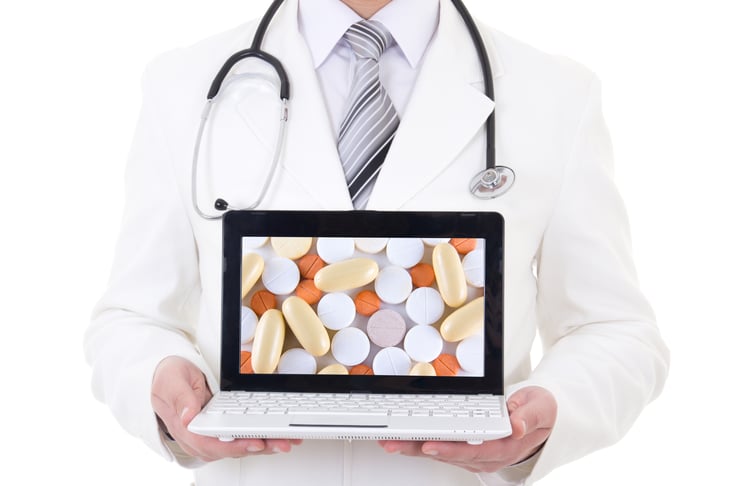
In the U.S., the Verified Internet Pharmacy Practice Sites program offers online pharmacies a chance to establish their legitimacy. To tell these pharmacies apart from others, look for the VIPPS symbol on pharmacy websites.
12. Check strength prices
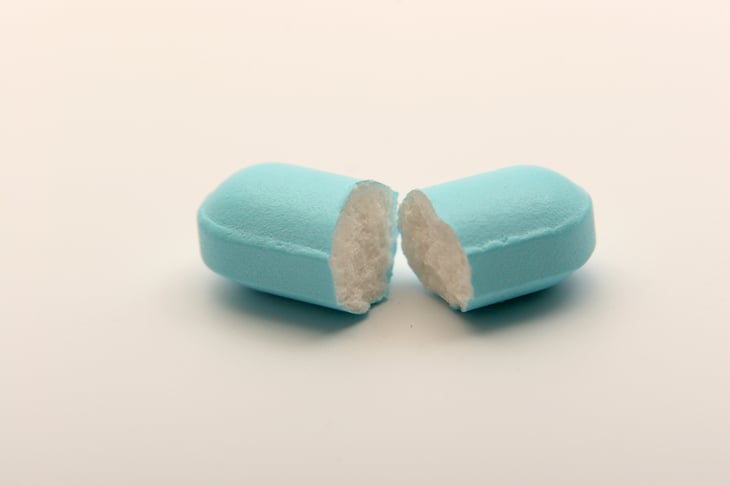
Sometimes, the per-milligram cost of a medicine varies depending on the strength.
For example, a 50-milligram pill might be more money per milligram than a 100 milligram pill. So, if you take a 50-milligram dose of that pill each day, you could save money by taking half of a 100-milligram pill each day.
If you would save significantly by splitting pills, ask your doctor whether your prescriptions can be split safely.
13. Ask for a larger quantity
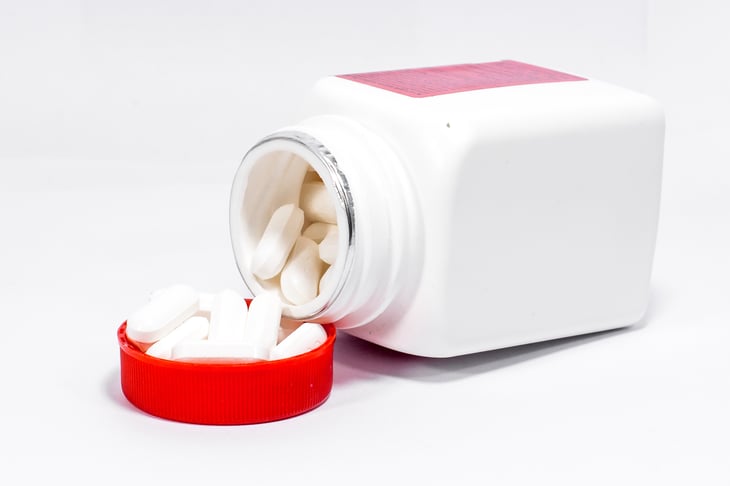
At many pharmacies, purchasing a 90-day supply of a medication will get you a discount.
If this is true of your medications, nicely ask your doctor to write prescriptions for larger quantities. Explain that it would save you money.
14. Don’t wait till the last minute to refill meds

If you wait till you’re down to the last pill to ask your pharmacy to refill a prescription, you will be limited to brick-and-mortar pharmacies unless you pay extra for expedited shipping.
The free shipping option offered by online pharmacies generally takes at least a couple of days.




Add a Comment
Our Policy: We welcome relevant and respectful comments in order to foster healthy and informative discussions. All other comments may be removed. Comments with links are automatically held for moderation.